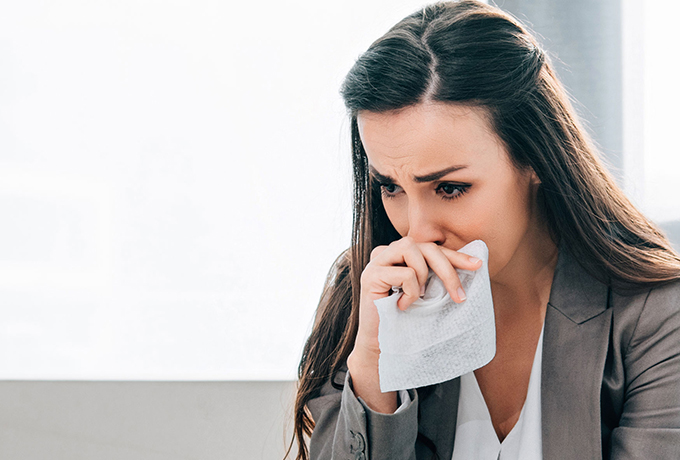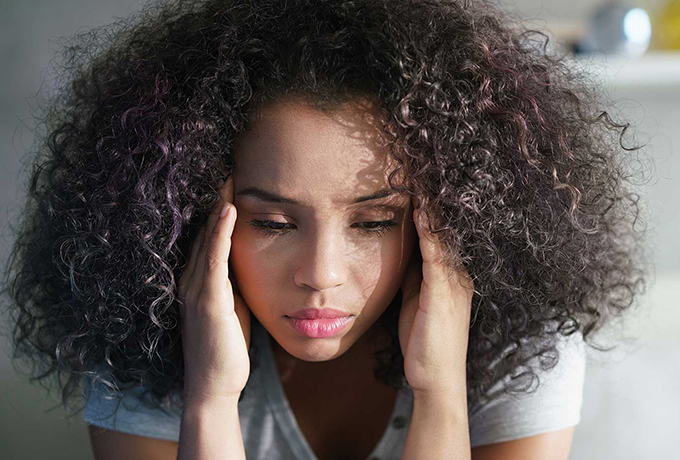The benefits of exercise for mental health
We often think of our physical and mental health as two separate things. However, research suggests there is a link between how our physical activity can have a positive impact on our mental health[1]. Below are some of the benefits of exercise for mental health:
- Regular exercise can help to reduce the physiological and emotional responses to stressors[2].
- Exercise can activate chemical and hormonal mechanisms that can improve our mood or sense of wellbeing[3].
- Regular exercise may increase serotonin in your brain (which helps to regulate mood and sleep) and can also increase endorphins (which have mood-lifting properties)[4].
- Regular physical activity can reduce the risk of anxiety and depression[5].
The link between your physical health and mental health can be complicated. For some people, having a mental health condition creates barriers to looking after their physical health. For example, it may become harder to find the motivation to exercise due to tiredness. People with a mental illness may also experience physical illness as they can face more barriers to seeking help, including social stigma, lack of health service integration, and medication side effects[6].
Other times a physical illness or a long-term health condition can impact a person’s wellbeing. For example, we may know someone who has experienced mental health challenges off the back of an injury or illness.
Regular exercise is something which may help us as we strive for both physical and mental health. Exercise inherently contributes to physical health, but it also benefits our mental health.
“Research suggests there is a link between our physical and mental health, with regular exercise helping our wellbeing.”
Exercise and mental health: Six ideas to get you moving
Exercise doesn’t have to involve strenuous activity. It’s simply about getting your muscles moving and your blood pumping. Here are six ideas to get you moving to increase your daily physical activity.
1. Get out and about – walk more
If you live near a park, beach or public garden, head out to see what’s available. Many parks and public areas have walking tracks and training equipment, and some even host local exercise groups. Next time you get the chance, head outside and take a stroll, even if it is a short walk around the block.
2. Follow a fitness blogger
If you enjoy using social media, follow a fitness blogger and put some of their advice into practice. You can find free workout routines on Instagram and YouTube. Remember to go at your own pace though. You’re better off starting slowly and building your way up, then overdoing it the first time around.
3. Increase your strength
Increasing your strength doesn’t require a gym membership. Use household objects, such as full water bottles, books or anything else you can safely and comfortably lift as weights. You can also do strength training without any equipment by trying push ups, side planks, and squats. Go online and you can find examples of how to do the exercises, with many having modifications for beginners.
4. Leave the car at home
When it makes sense, walk or ride your bike somewhere instead of taking the car. Or take the car but park in a spot that’s further away from the entrance to walk a few extra steps. If you take public transport, get off at an earlier stop to squeeze in a little bit of exercise.
5. Wear a pedometer
Using a pedometer, find out how many steps you’d usually take on a given day, and make incremental goals to increase it. A lot of mobile phones also have a built-in pedometer, so if you have one, carry it with you to record the number of steps you are doing.
6. Make housework part of your routine
Vacuuming the house, cleaning the windows and floors, washing the car, mowing the lawn, and weeding the garden are all ways to get moving. You can focus on the different muscle groups as you work your way around the house. Add your favourite music in the background to make it more fun.
How much exercise is recommended?
The Australian Department of Health recommends that healthy adults aged 18 to 64 years accumulate 2.5 to 5 hours of moderate intensity physical activity or 1.25 to 2.5 hours of vigorous intensity physical activity each week. The World Health Organization (WHO) also recommends that exercise should be performed in bouts of at least 10 minutes duration[7].
When you’re thinking about your exercise and mental health, don’t get overwhelmed. You can start off small with short amounts of exercise each week and build it up over time. It doesn’t have to be extremely vigorous. Any physical activity is better than none, so start off with what you’re comfortable doing.
Whatever you decide to do, it’s important to go at your own pace and listen to your body. And if you haven’t exercised for quite a while and you have health concerns, you should talk with your GP first.
If you are struggling to cope, speak to one our SuicideLine Victoria counsellors on 1300 651 251 or you can click on the floating chat button on the right to start a web chat.
If it is an emergency, call 000.
References
[1] Julius Ohrnberger, Eleonora Fichera, Matt Sutton, The relationship between physical and mental health: A mediation analysis, Social Science & Medicine, Volume 195, 2017 https://www.sciencedirect.com/science/article/pii/S0277953617306639
[2] Harvard University, The Science of Stress: Stress Management Strategies https://sdlab.fas.harvard.edu/physical-activity
[3] Kandola, A.A., Osborn, D.P.J., Stubbs, B. et al. Individual and combined associations between cardiorespiratory fitness and grip strength with common mental disorders: a prospective cohort study in the UK Biobank. BMC Med 18, 303 (2020). https://doi.org/10.1186/s12916-020-01782-9
[4] Black Dog Institute, Depression and Exercise https://www.blackdoginstitute.org.au/resources-support/depression/treatment/#:~:text=Regular%20exercise%20may,mood%2Dlifting%E2%80%99%20properties.
[5] Australian Government Department of Health, Physical Activity and Sedentary Behaviour Guidelines https://www.health.gov.au/sites/default/files/documents/2021/09/physical-activity-and-sedentary-behaviour-guidelines-adults-18-to-64-years-fact-sheet_0.pdf
[6] AIHW Australian Institute of Health and Welfare (2020) Physical health of people with mental illness, AIHW, Australian Government, accessed 16 February 2022.
[7] WHO Global Recommendations on Physical Activity for Health https://www.who.int/dietphysicalactivity/physical-activity-recommendations-18-64years.pdf









